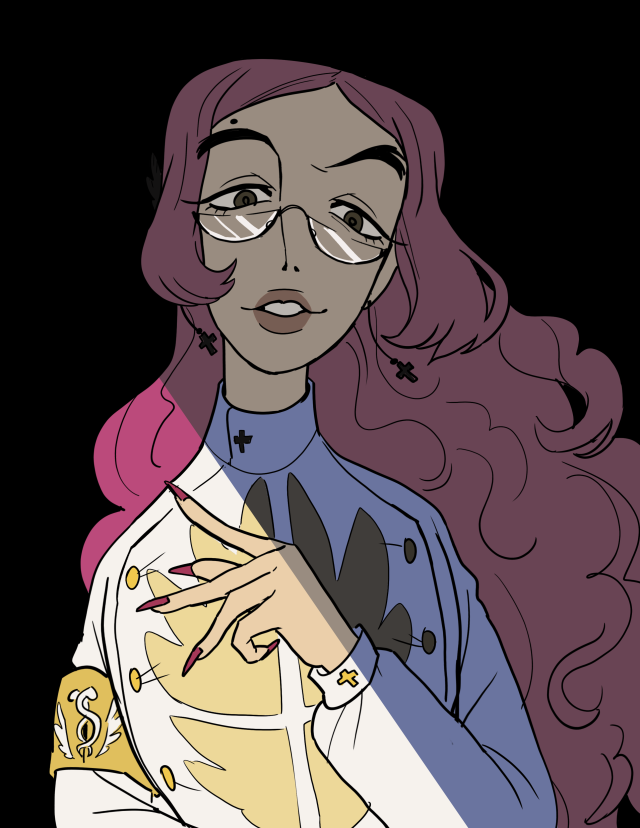

The Oeka Kids tablet, the Quiz King buzzers, the Family Trainer, and the Barcode World barcode Theįamicom version of the Arkanoid controller, the "Space Shadow" gun, theįamicom 4-player adapter, the Family Keyboard, the HyperShot controller, the Mahjong controller, The extra soundĬhannel in the Famicom Disk System is also emulated, but the support forįCE Ultra emulates the standard NES gamepad, the Four-Score multiplayerĪdapter, the Zapper, the Power Pad, and the Arkanoid controller. Sound capabilities of the Konami VRCVI, Konami VRCVII, Namco 106, Nintendo MMC5, and the Sunsoft FME-07 chips.
#Fceux palette swap code#
The parameters used to create these filtersĬan be found in the source code distribution.īesides the 5 internal NES sound channels, FCE Ultra emulates the extra The highest-quality mode filter coefficients Reduced, the upper bound of the passband is higher, and the stopbandĪttenuation is slightly higher. The "highest" sound quality mode is similar to the normal high-quality mode,īut the filters are of a higher order(1024 coefficients). Supported playback rates areĤ4100Hz, 48000Hz, and 96000Hz. Parks-McClellan algorithm filter coefficients are used. Then resampled to the output sample rate. Generated at the NES' CPU clock rate(about 1.8MHz for the NTSC NES), and Quality is worth it, if your machine is fast enough. The high-quality sound emulation is much more CPU intensive, but the Is reasonably fast, but there is still some aliasing and sound distortion.Īll sample rates between 8192Hz and 96000Hz are supported. Quality option, generates sound data at 16x the playback rate and averages Sound channels are emulated with CPU instruction granularity. VS Unisystem palette(if the game is a VS Unisystem game and a palette is available).Īll 5 internal sound channels are supported(2x rectangle, triangle, noise,Īnd DMC/PCM).NTSC Color Emulation(only for NTSC NES games).Palette loaded from the "gameinfo" directory.Will continue down its list of palettes). Here's a list of what palettes willīe used, in order from highest priority to least priority(if aĬondition doesn't exist for a higher priority palette, the emulator With so many ways to choose a palette, figuring out which one willīe active may be difficult. To do this, put a paletteįile in the "gameinfo" directory with the same base filenameĪs the game you wish to associate with and add the extension "pal". Each 8-bit value represents brightness for that particular That order red comes first in the triplet in the file, then green, The palette from an NTSC NES canįirst, a note on on the format of external palettes Palette files are expected to contain 64 8-bit RGB triplets(each in Used in "Pirates!", "Marble Madness", and "Mother").įCE Ultra has many palette features, including loading a custom palette CPU-instruction granularity for special mid-scanline effects(mostly CHR switching, such as.Color deemphasis(probably not 100% correct, more research is needed).Screen/Sprite disabling, with correct color replacement.Sprite hit emulation(including checking the bg color).Though probably not as accurately as the more well-defined official instructions. "Unofficial" instructions are also emulated,
#Fceux palette swap software#
The simple license of FCE for a long time, which stated that " This software is freeware.you can use it non-commercially."Īlmost two years later, in June 2002, 0.80 was released, and FCE Ultra was relicensed under the GNU GPL.Īll official instructions of the NES' CPU, the 2A03, which is compatible(mostly) The source code of 0.40 was released on November 12, 2000. SVGAlib, and released as a staticly-linked executable. This code base was abandoned,Īnd work began anew, under DOS, with the original FCE source code.Īt the end of November, 1998, FCE Ultra Beta 1 was released.įCE Ultra remained DOS-only until version 0.18, when it was ported to Linux Linux SVGAlib, and made a few improvements. This name was apparently meant only to serve as a temporary name, but its usage remained. Some details may be incorrect.īero originally wrote a NES emulator that was referred to as FCE. MS Windows), the base directory is the directory that the executable is in. If youĪre running a port on a UN*X-like system(Linux/*BSD/Mac OSX/SunOS/etc.), theīase directory is "~/.fceultra", or in other words, In several places references are made to the "base directory". This document has been arranged to keep user interface details and emulationĭetails as separate as possible, though this has not been accomplished entirely. Also a feature unique to this emulator(at the current Currentįeatures include good PPU, CPU, pAPU, expansion chip, and joystickĮmulation. It is based upon Bero's original FCE source code. FCE Ultra General Documentation FCE Ultra General Documentation Last updated May 16, 2004įCE Ultra is an NTSC and PAL Famicom/NES emulator for various


 0 kommentar(er)
0 kommentar(er)
